

Matt Campbell
2026 Hyundai Tucson Hybrid review
6 Hours Ago
The National Committee of Management has passed a resolution urging Australia’s governments to regulate EV fire risk management.

Senior Contributor
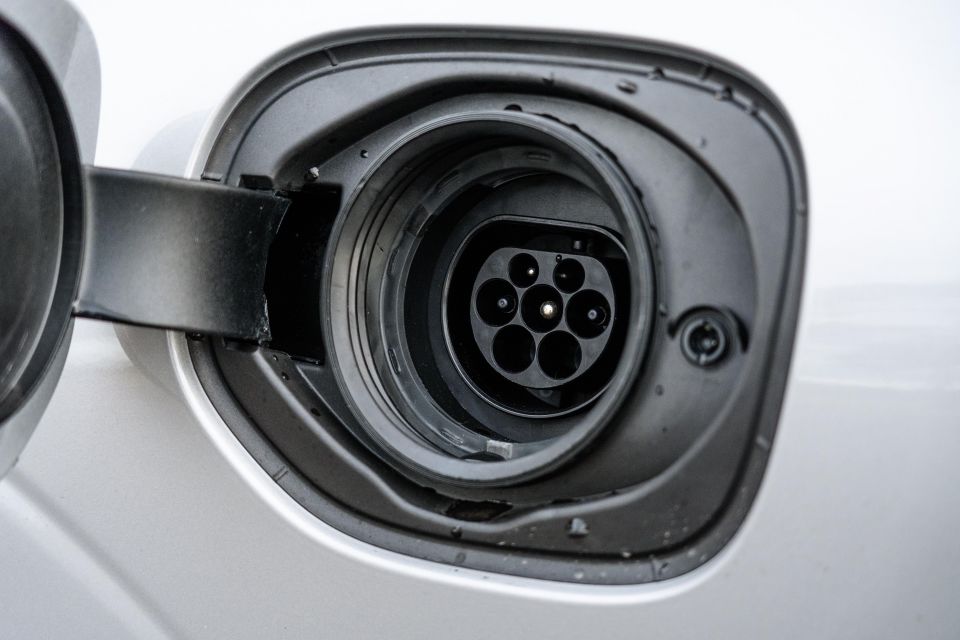

Senior Contributor
The United Firefighters Union of Australia (UFUA) wants governments to help mitigate risks associated with potential electric vehicle battery fires, as sales of EVs grow at pace.
The UFUA’s National Committee of Management today passed a resolution urging Australia’s various levels of government to “develop policy and regulate the management of risks and hazards associated with electric vehicles (EVs) and battery energy storage systems (BESS)”.
Emergencies with EVs and BESS presented significant challenges and threats to firefighters, the community and to the environment, according to UFUA National Secretary Greg McConville.
“While we welcome the increased use of EVs and BESS as part of renewable energy efforts to combat climate change, we must acknowledge that this new technology presents unique risks,” he said.

“When the integrity of lithium batteries is compromised, the energy they store is released as heat, known as ‘thermal runaway’, and this can cause fires which are extremely difficult to extinguish while releasing an extraordinary array of deadly toxic gases.
“A typical car fire would require less than 1400 litres of water to extinguish, but an EV battery fire in an electric vehicle may require between 2000 and 30,000 litres of water.
“That massive amount of water can also be highly contaminated and would need to be captured and treated, presenting significant logistical problems for fire services and governments.
“… with the rapidly increasing take up of [EVs] and BESS, the issues are growing exponentially.”
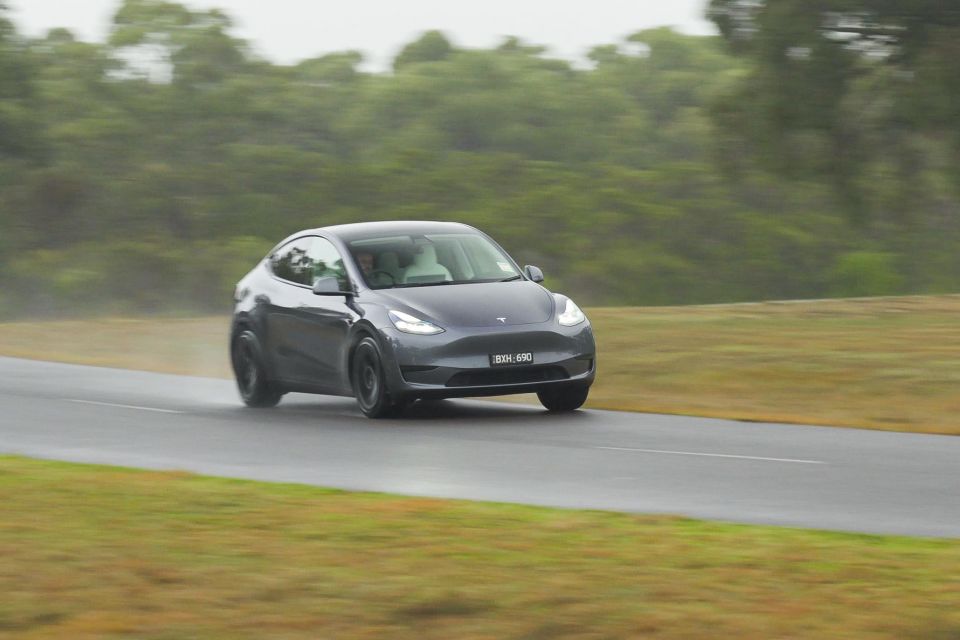
Mr McConville also said that the problem was not limited to EVs.
“Many homes are installing lithium batteries as part of their solar panel energy systems and BESS are being installed in underground carparks and in apartment blocks,” he said.
Mr McConville added that thermal runaway fires released toxins which were dangerous to firefighters and the community.
“BESS fires release an array of deadly toxins including Carbon Monoxide, Hydrogen Cyanide, Hydrogen Fluoride and Cobalt,” he said.
“These toxins are especially dangerous to firefighters because they are dermally absorbed through the skin and no personal protective clothing can protect you against it.
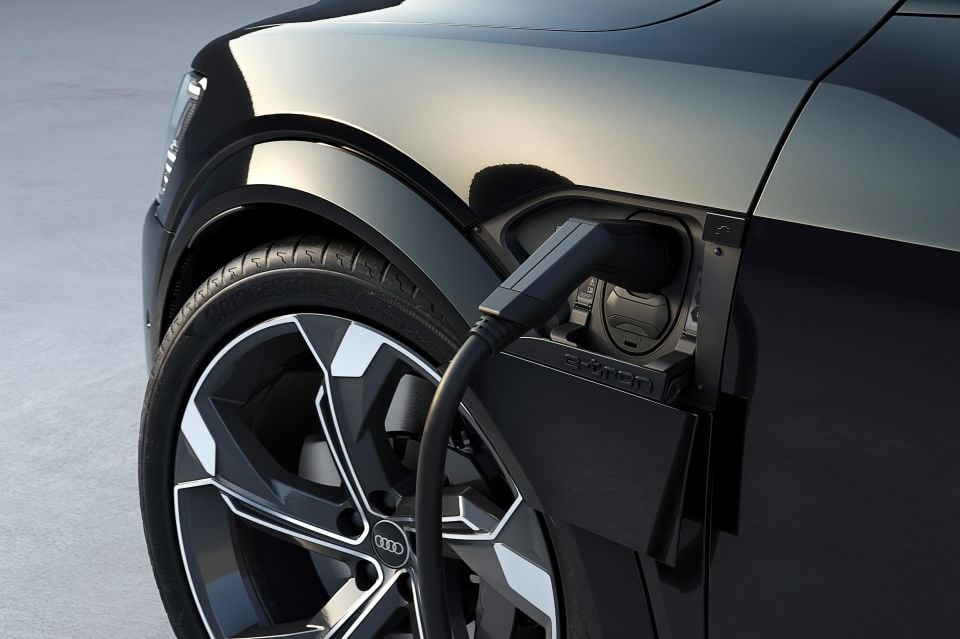
“Carbon Monoxide and Hydrogen Cyanide are known as the terrible twins. They both prevent the body using oxygen and cyanide affects organs that rely on high levels of oxygen such as the heart and the brain.
“We’ve already had a situation in Victoria where two firefighters suffered Cobalt poisoning after attending an EV fire, and have now been permanently disabled as a result.
“These toxins also present a major risk to other emergency services personnel such as police and ambulance officers, bystanders and the broader community and as such, every possible measure must be undertaken to mitigate their impact.”
Mr McConville said that the increasing uptake of EV and BESS units meant Australia’s governments needed to develop regulation, policy, training and education to cut risks.
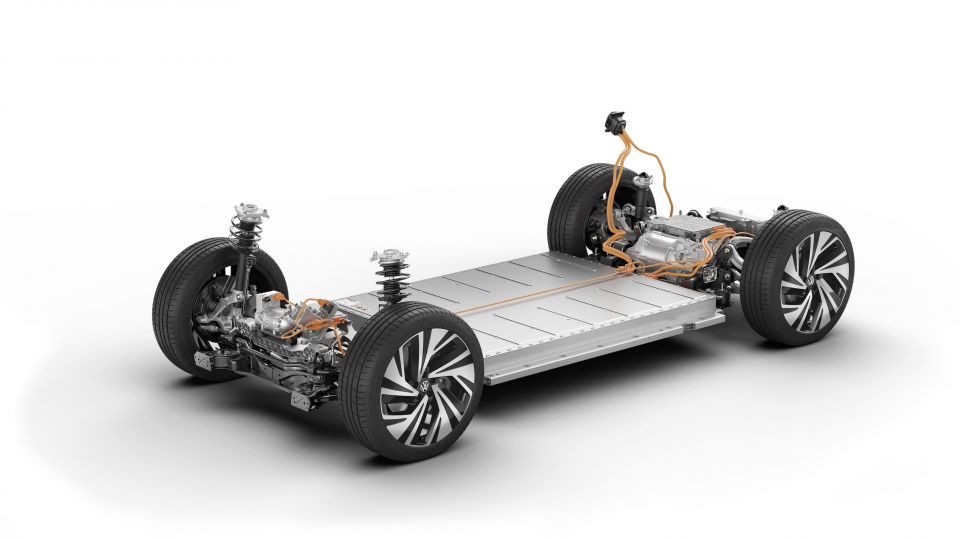
“Governments across Australia must commence developing proper regulation and policy in conjunction with firefighters to mitigate the risks and hazards of fires in EVs and BESS,” he said.
“This must involve education of the public on the associated risks, and additional training and resourcing of firefighters to manage these extremely challenging incidents.
“Building regulations relating to the installation and location of BESS and charging facilities must also be overhauled to address the risks and hazards of fire.
“Additionally, research must be undertaken on health impacts of lithium battery fires on firefighters and new methods and equipment developed to mitigate potential poisoning by lethal toxins.
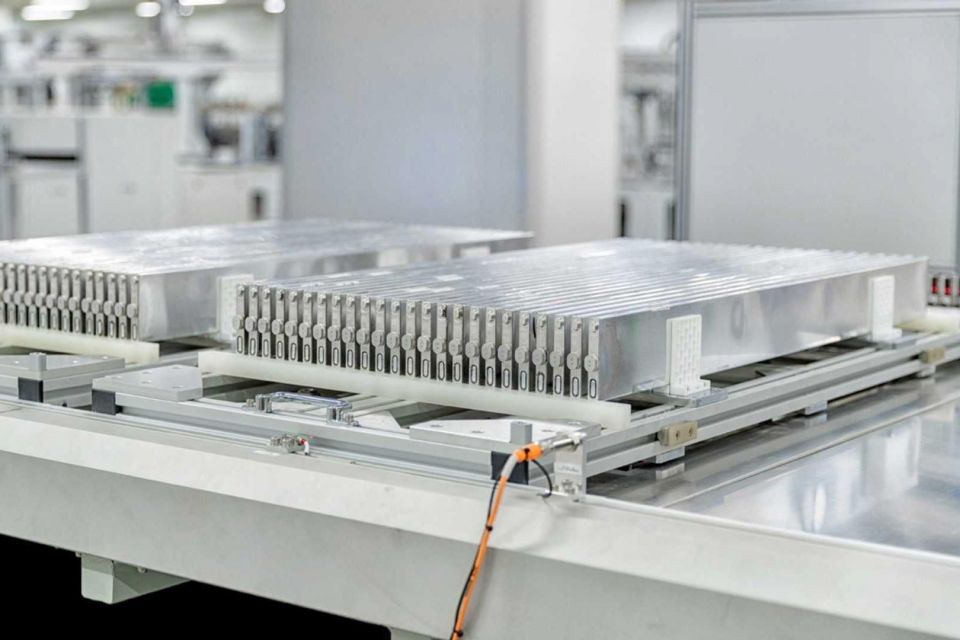
“This is a major emerging policy challenge which, for the safety of the firefighters and the community, and we urge Australia’s governments to confront with the commitment that our members demonstrate every day.”
One positive point to raise is the growing proliferation of lithium iron phosphate battery chemistry in big-selling Tesla, BYD and MG products, designed to be far less prone to thermal runaway.
The UFUA represents more than 13,000 firefighters and related staff, it claims.


Matt Campbell
6 Hours Ago


Max Davies
22 Hours Ago


William Stopford
22 Hours Ago


Derek Fung
23 Hours Ago


Max Davies
1 Day Ago


William Stopford
2 Days Ago